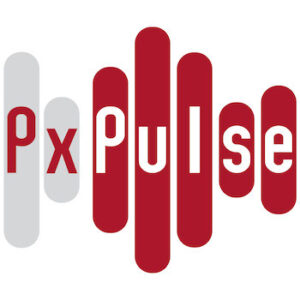Slides presented by AVAC Executive Director Mitchell Warren at the PEPFAR Scientific Advisory Board meeting taking place over October 7-8, 2020.
The Next-Generation of Biomedical Prevention: Now What
Understanding the EMA Opinion and Next Steps for the Dapivirine Vaginal Ring
On July 24, 2020, the European Medicines Agency (EMA) announced a positive regulatory opinion from on the Dapivirine Vaginal Ring as an HIV prevention option for cisgender women age 18 and older. This document helps advocates to understand the steps that can and must be taken now that the EMA has provided its opinion. Read it here.
Global Investment in HIV Cure Research and Development in 2019
In 2014, the HIV Vaccines and Microbicides Resource Tracking Working Group and AVAC began a
Regulatory Approval Primer for Vaccine Advocates
The difference between speed and cutting corners can be one of life or death for individuals, and of impact versus impasse for societies. Advancing a vaccine candidate without peer-reviewed research results and thorough regulatory review can also undermine confidence in public institutions and vaccines generally. Global health advocates have an essential role to play as watchdogs of the regulatory systems that have worked well for decades, but may be vulnerable to global pressure for a vaccine and the current politicization of science.
COVID-19 Vaccine Pipeline PowerPoint Presentation
This set of slides offers advocates a view of the funders, platforms, research phase and considerations for some of the front-runner candidates.
Cheat Sheet: COVID-19 Vaccine Pipeline
This three-pager offers advocates an at-a-glance view of the funders, platforms, research phase and considerations for some of the front-runner candidates.
Research Fundamentals: What is partial protection?

AVAC is launching a new series on our podcast Px Pulse—Research Fundamentals. In addition to our regular schedule of programs covering advances and challenges in HIV prevention research, Research Fundamentals we’ll explore scientific concepts in research, one at a time.
In our debut episode we explore the concept of partial protection, with:
- David Evans, science and advocacy consultant for AVAC, formerly of Project Inform
- Penny Moore from South Africa’s University of the Witwatersrand and National Institute for Communicable Diseases
- And Sandhya Vasan of the US Military HIV Research Program
Together we explore the meaning of partial protection. Whether it’s condoms, a flu shot, oral PrEP or the dapivirine vaginal ring, proven products fall short of 100 percent protection against disease, and there’s a lot to know about how and why an intervention may offer imperfect but still useful protection.
Listen
Integration of HIV prevention and SRH services in Zimbabwe
Findings from an assessment of HIV prevention and SRH integration in Zimbabwe, conducted in collaboration with the Ministry of Health and Child Care, comprised of site visits to health facilities, key informant interviews, civil society dialogues and a policy review.
Advocates’ Primer on Injectable Cabotegravir for PrEP: Trials, Approvals, Rollout and More
Results from two large-scale efficacy trials found that injectable cabotegravir (CAB-LA), given every two months, was effective as a form of pre-exposure prophylaxis (PrEP) in preventing HIV in gay men and other men who have sex with men, transgender women who have sex with men, and cisgender women. CAB-LA was developed by ViiV Healthcare and is currently used in HIV treatment. It was approved by the US Food and Drug Administration (FDA) as the first form of injectable PrEP in December 2021. This document focuses on CAB-LA for prevention, outlining what’s known and what’s next for this emerging biomedical HIV prevention strategy.
A Collaborative Approach to HIV Prevention Product Introduction
The HIV prevention product pipeline offers exciting potential to curb HIV incidence. But we know from previous products that translating trial efficacy to population impact is challenging without coordinated effort.